If you’ve ever planted a tree from seed and felt like it was taking forever to do anything, you’re not alone.
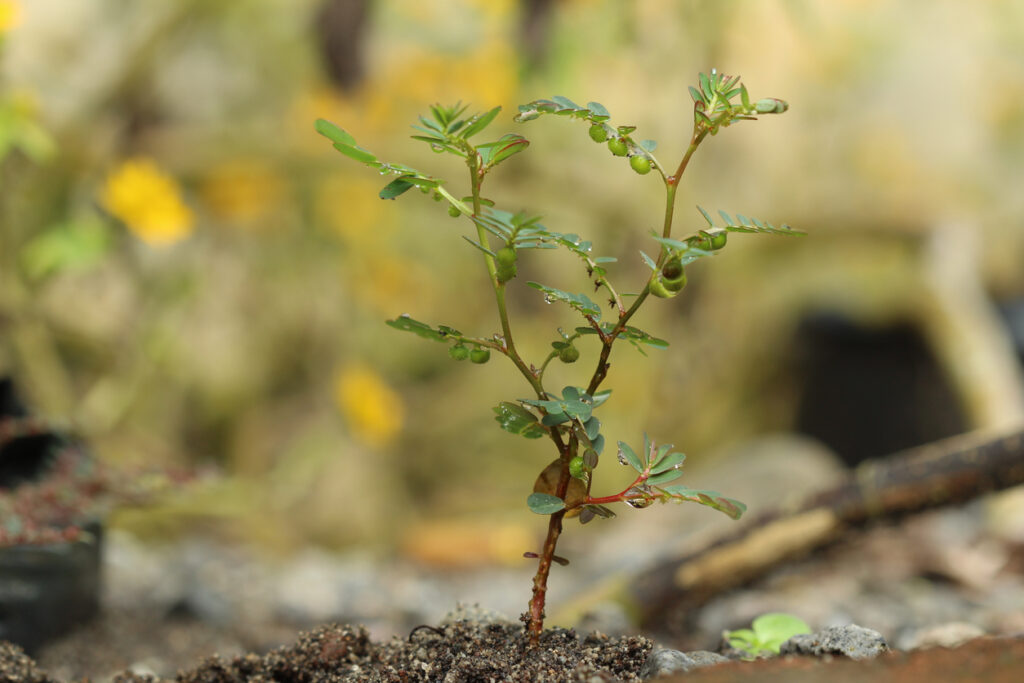
Most trees grow slowly, especially in their early years. However, there are a few standouts that go from tiny seed to proper, shade-casting tree in no time. Whether you’ve got a new garden or just love the idea of watching something shoot up fast, these trees are known for getting impressively big within five years—and yes, they really can be grown from seed.
1. Empress tree (Paulownia tomentosa)
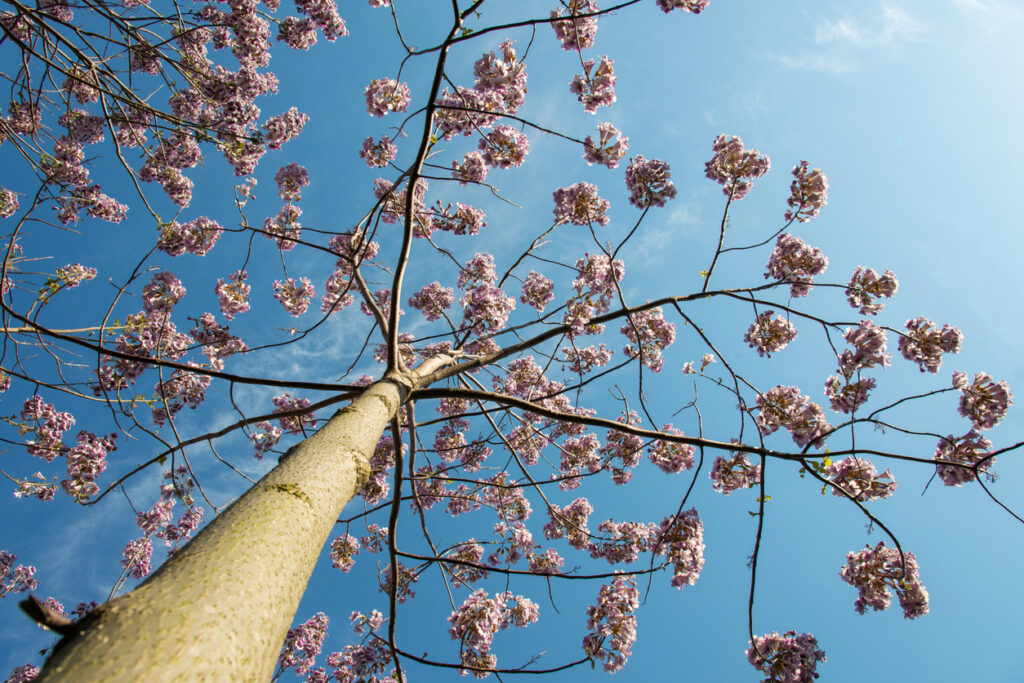
This tree is one of the fastest-growing in the world, with growth rates of up to 3 metres per year in the right conditions. Within five years, it can easily tower over most other plants in your garden. It’s known for its giant heart-shaped leaves and showy purple flowers that arrive in spring, giving it serious wow factor.
It handles a range of soil types and doesn’t mind poor ground, making it surprisingly easy to grow from seed. Just make sure it’s in full sun and sheltered from strong winds while it’s young — those big leaves can act like sails in a storm. It’s best suited for people who want a quick shade provider or an ornamental showstopper.
2. Red maple (Acer rubrum)
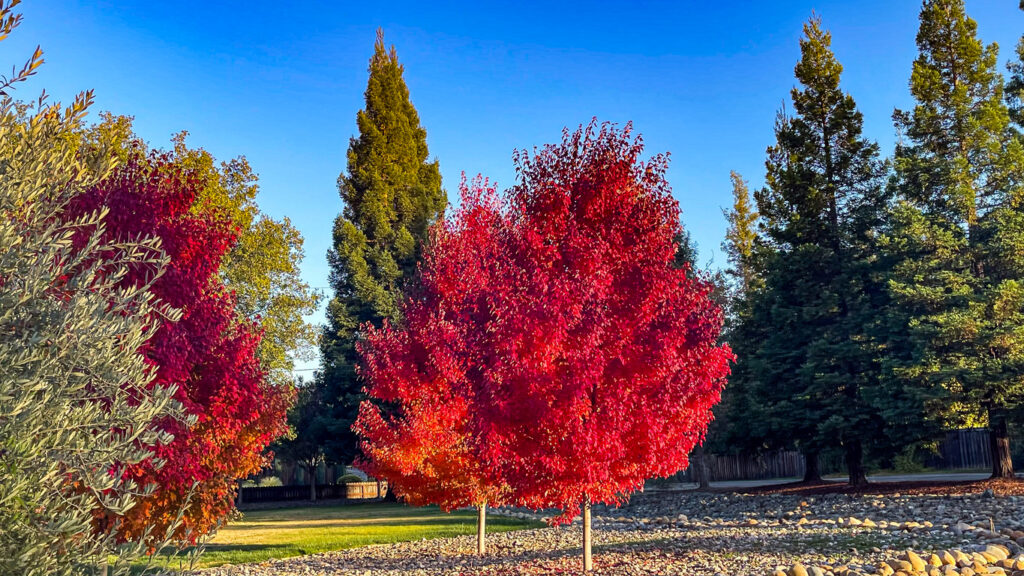
If you’re after colour and height, red maples are a great choice. They grow quickly from seed and can reach around 4 to 5 metres within five years, especially in moist, well-drained soils. The best part is the autumn display—fiery reds and oranges that light up the whole garden.
They’re native to North America but adapt well to UK conditions, especially in temperate zones. These trees are also pretty low-fuss once they get going, and if you start them in pots, you can move them to their permanent spot after the first year.
3. Indian bean tree (Catalpa bignonioides)
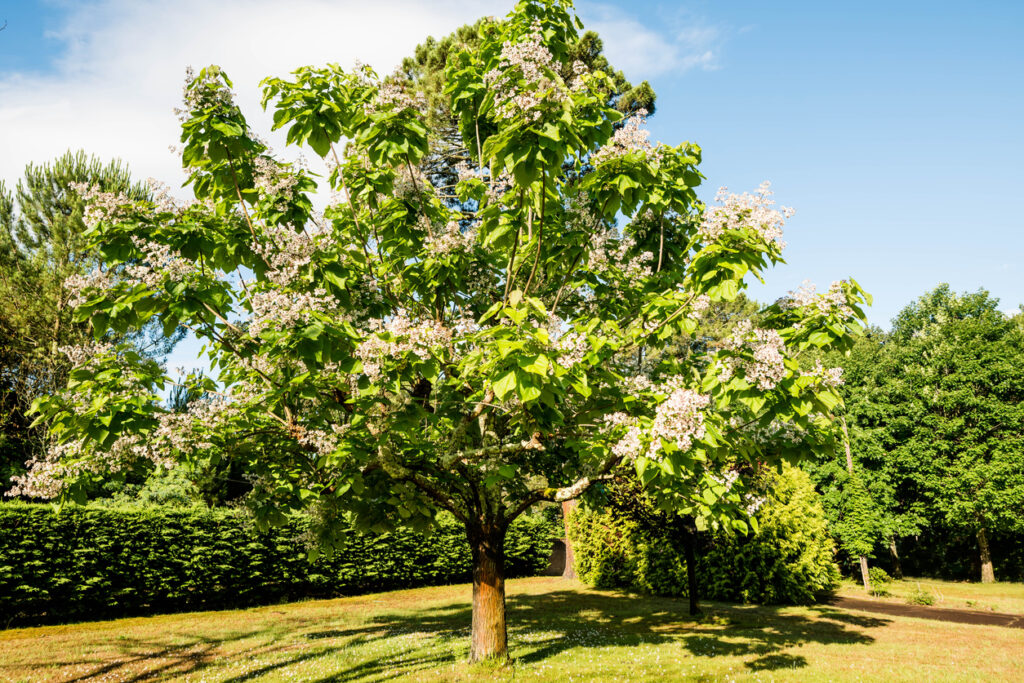
This tree has a bit of a tropical vibe to it — large, heart-shaped leaves and long bean-like seed pods that dangle like decorations. It can grow up to 3 metres in a couple of years and will be a decent size by year five, even from seed. It’s perfect if you want something unusual that still thrives in UK gardens. The white, orchid-like flowers in summer are a bonus, and it’s not too fussy about soil. Just give it plenty of space—it likes to spread out once it’s established.
4. Tree-of-heaven (Ailanthus altissima)
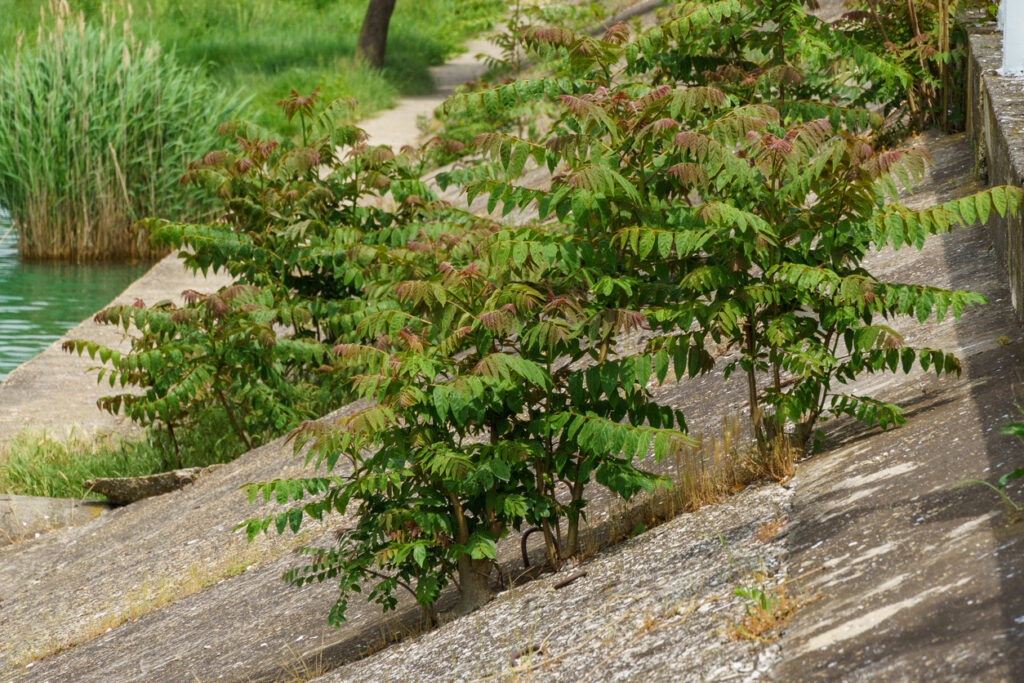
Despite its heavenly name, this tree has a bit of a reputation. It’s fast-growing, very tough, and will shoot up in almost any soil, including urban environments. From seed, it can reach 4 to 6 metres in five years and is known for surviving where others don’t.
It’s not ideal for small gardens because it spreads aggressively if left unchecked, but for rewilding or quick screens in rough ground, it’s incredibly effective. If you’re using it, just make sure you’re managing it. After all, it’s not called “tree-of-heaven” for nothing; it’ll try to take over the place.
5. Silver dollar gum (Eucalyptus cinerea)
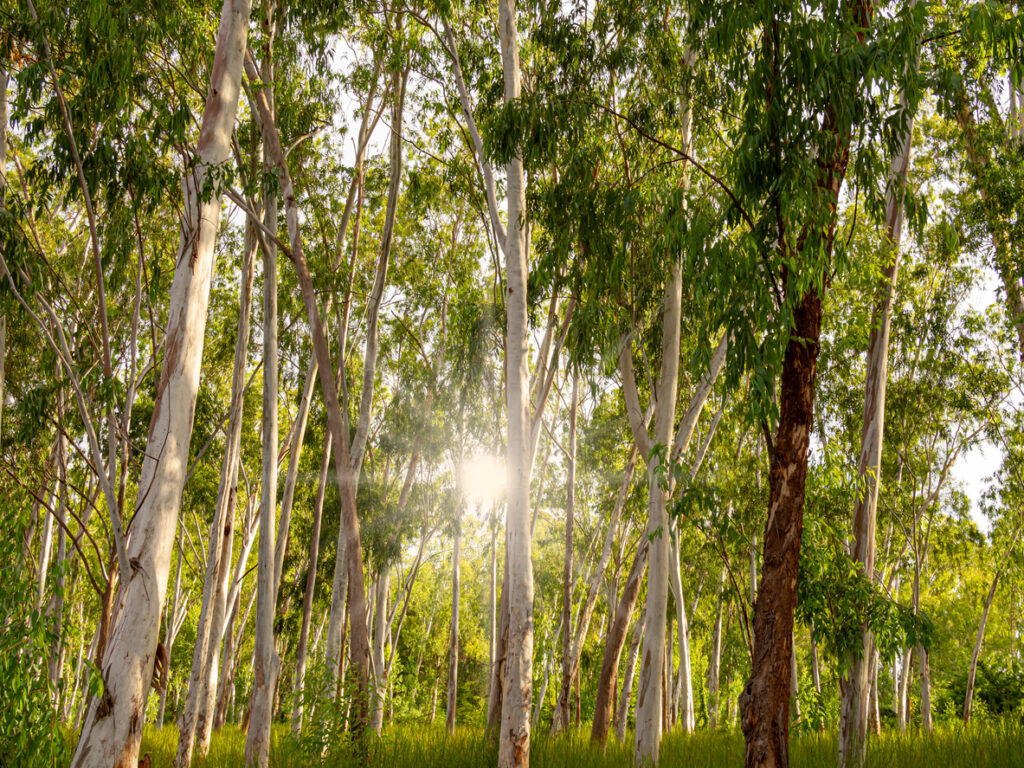
Eucalyptus trees are quick to germinate and even quicker to grow. The silver dollar gum in particular is a favourite for its rounded, silvery leaves that smell amazing. In warm, sheltered areas of the UK, it can reach over 6 metres in five years. It prefers full sun and does best in slightly acidic soil. You’ll want to prune it regularly if you want to keep the juvenile leaves (which are the most attractive). Just don’t plant it too close to your house because those roots like space.
6. Weeping willow (Salix babylonica)
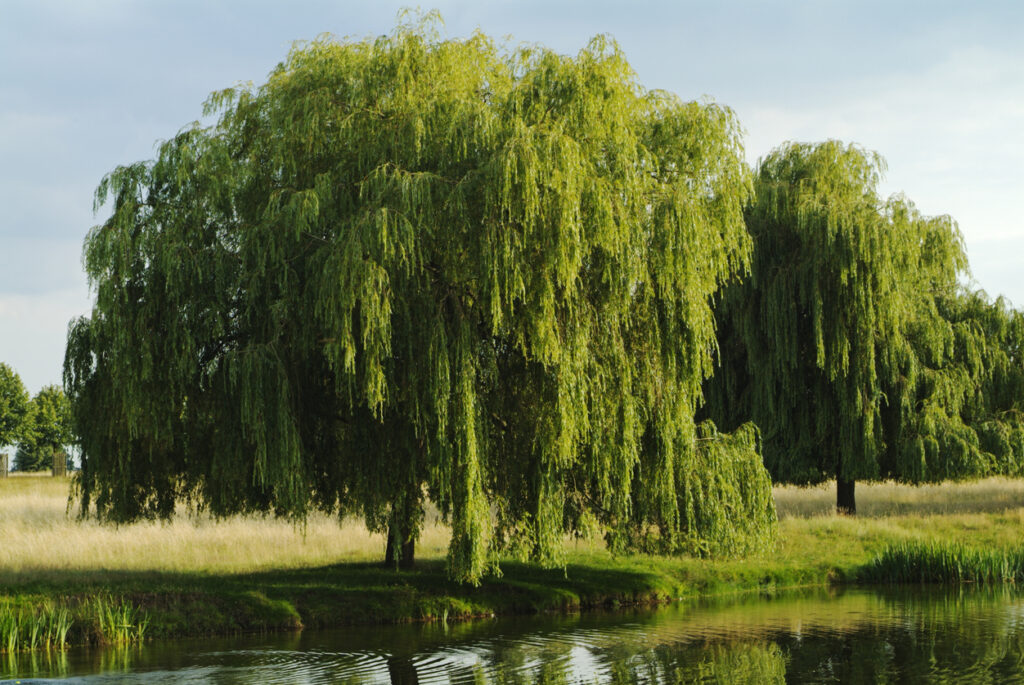
Willows are famous for their fast growth, and if you’re planting from seed or cutting, you’ll get results fast. In damp soil, a weeping willow can easily grow to 5 metres or more within five years, with those dramatic hanging branches adding instant atmosphere.
They love being near water but will tolerate heavy, clay soils too. Just be cautious with planting location because their roots are powerful and can interfere with pipes or drains. For large gardens or lakeside plots, though, they’re stunning.
7. Mimosa tree (Mimosa scabrella)
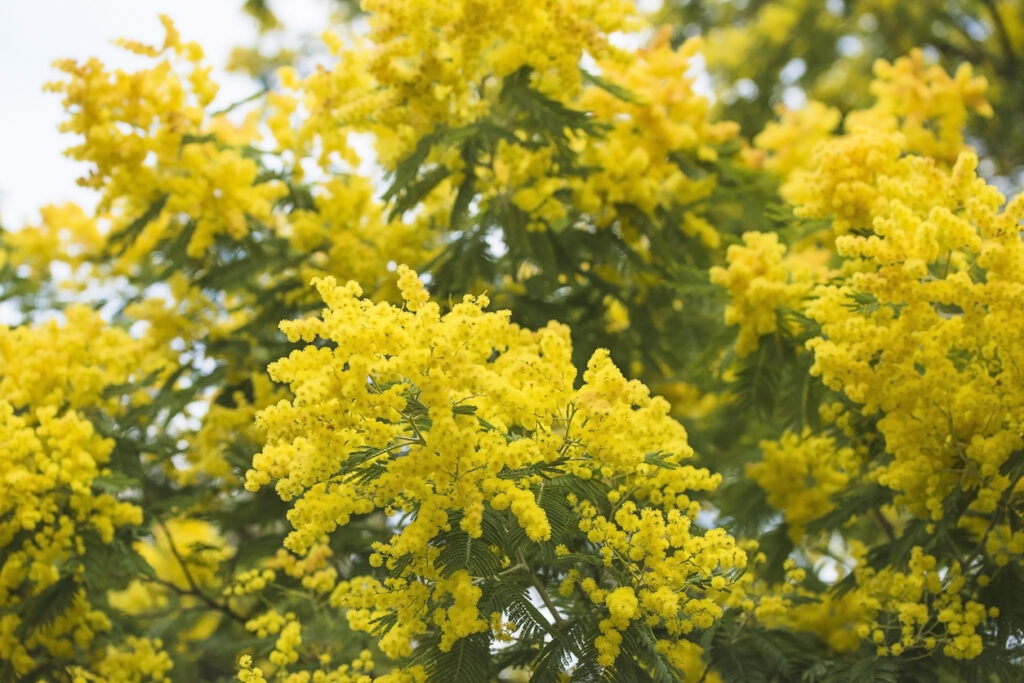
This Brazilian native isn’t that common in UK gardens, but it’s one of the fastest-growing trees on the planet. Under ideal conditions, it can reach 10–15 metres within three years. Even in less-than-perfect conditions, five metres in five years is normal.
It’s a nitrogen fixer, meaning it improves the soil around it. The feathery foliage and fragrant flowers also make it a pollinator favourite. Best grown in sheltered areas with full sun. It’s not very frost-tolerant, so it suits warmer corners of the country best.
8. Silky oak (Grevillea robusta)
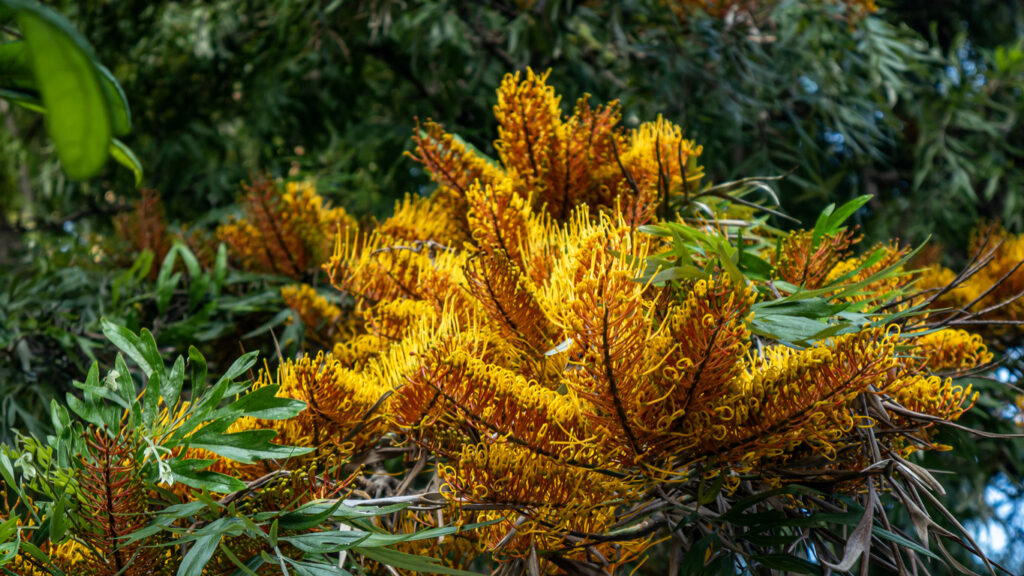
This tall, graceful tree from Australia can shoot up to 7–9 metres in five years if grown in warm conditions. It’s not an oak at all but earned the name thanks to its beautiful golden-orange flowers and soft wood. It’s best grown in containers in the UK and brought indoors in winter unless you’re in a mild coastal region. If you have the right conditions, it’s a striking addition with fern-like leaves and bold blooms that make it look like something out of a rainforest garden.
9. Green Giant thuja (Thuja standishii x plicata)
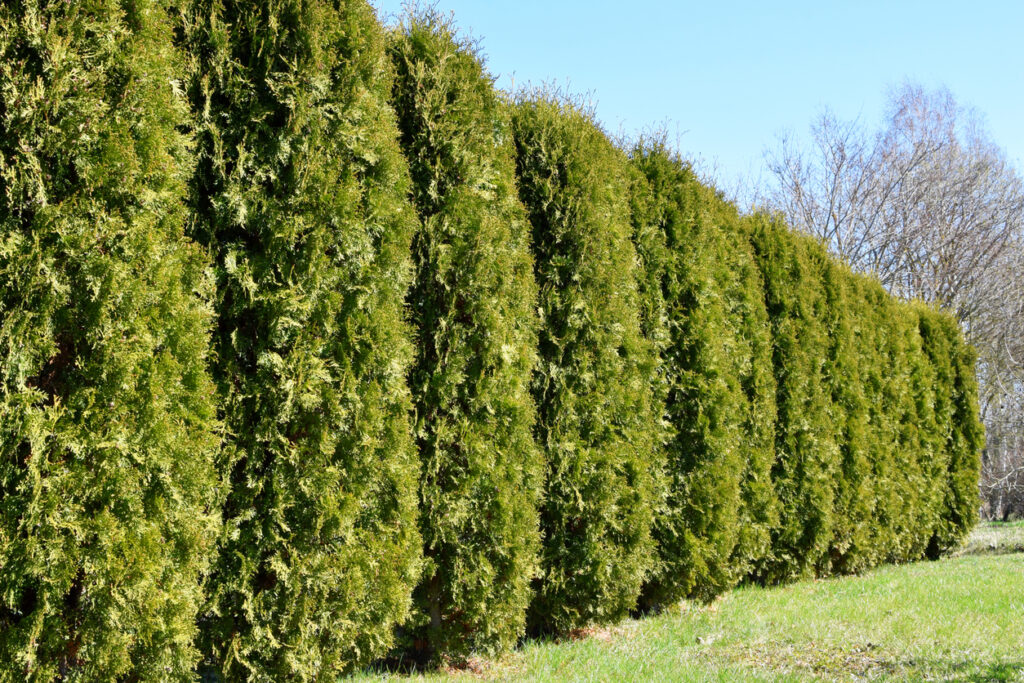
More commonly grown from cuttings, but it’s entirely possible to grow Green Giant from seed if you’re patient in the first year. After it gets established, it can grow up to 1 metre per year, meaning 3 to 4 metres tall by year five. This evergreen is ideal for privacy screens or windbreaks and doesn’t suffer much from pests or diseases. Once it’s going, it’s low-maintenance and keeps its rich green colour all year long.
10. Lombardy poplar (Populus nigra ‘Italica’)

Known for its tall, column-like shape, this poplar is one of the fastest-growing trees in Europe. Even when grown from seed, it’ll quickly shoot up—6 to 8 metres in five years is normal. It’s often used as a windbreak or for dramatic vertical accents. It’s not a long-lived tree, but if you want something fast and striking, it definitely does the job. Just keep an eye on root spread, like most poplars, it’s best planted away from buildings and drains.